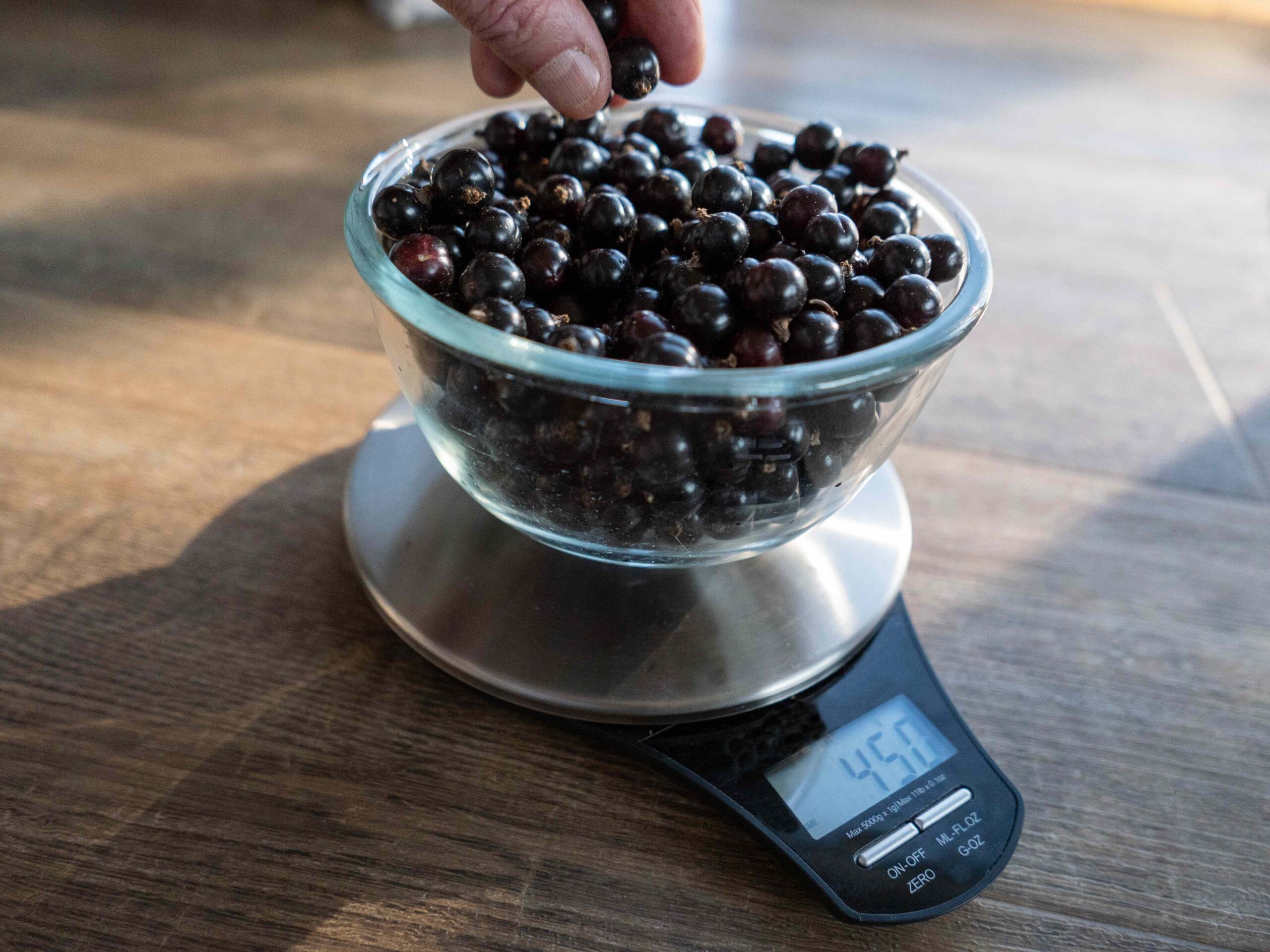:max_bytes(150000):strip_icc():format(jpeg)/Health-GettyImages-2050267302-2e964db3e9d24be6948e9546e50ee819.jpg)
“Clean eating”, at its core, means choosing more minimally processed and plant-based foods. Highly processed foods are limited or avoided.
Most people who try to eat a clean diet do so to improve their health or promote weight loss. Since clean eating can be interpreted in many ways, it can be taken too far. Some variations restrict entire food groups, labeling them “bad” or “dirty.” This can be challenging to follow and may lead to an unhealthy obsession with eating healthily.
The goal of clean eating is to eat foods as close to their natural form as possible, like eating more plant-based foods, healthy fats, lean proteins, and whole grains. Some variations of clean eating prioritize organic, locally grown foods that are free from genetically modified organisms (GMOs).
GMOs are foods developed using genetic material (DNA) from plants, animals, or other microorganisms. Some people claim GMOs can increase the risk of allergic reactions or cancer. The U.S. Food and Drug Administration (FDA) states that foods containing GMOs are as safe as non-GMO foods. Research is still ongoing to learn more about GMOs and their effects.
On a clean-eating diet, you may limit or avoid:
- Fast food
- Preservatives
- Artificial flavors, colors, or sweeteners
- Sugar
- High-calorie foods
- Processed meat, like bacon and sausage
More rigid versions of clean eating also cut out foods like gluten, dairy, soy, and legumes.
Types of foods encouraged on a clean eating diet include:
- Fresh fruits and vegetables
- Wild-caught seafood
- Grass-fed beef
- Free-range chicken and eggs
- Whole grains (whole wheat pasta, brown rice, quinoa)
- Beans and legumes
- Nuts and seeds
- Healthy fats (olive oil, avocado, fatty fish like salmon)
- Dairy (plain yogurt, unsweetened plant milk, milk, cheese)
- Minimally processed foods
Switching to eating clean doesn’t have to be a drastic change—you can gradually make your diet “cleaner” with a few simple swaps and habits. Consider these tips to help you get started:
- Prioritize whole foods: Try to eat mostly whole foods that are as close to their natural state as possible. Choose potatoes over chips, whole fruit over juice, or brown rice over instant rice.
- Limit added sugar: The American Heart Association (AHA) recommends limiting added sugar to 25 grams daily for women and 36 grams for men. Reduce added sugar intake by eating fresh fruit, which contains natural sugars. Swap out sugary drinks for water, and eat less candy and cookies.
- Reading food labels: Choose foods with simple ingredient lists. Use the food label to identify foods with less saturated fat, sodium, and added sugar.
- Limit highly processed foods: Packaged snack foods, such as chips, crackers, processed meats, and cereals, are examples of highly processed foods to limit.
- Slowly transition to healthier eating habits: Start by setting one small goal each week. Over time, you can build on these goals to gradually transition to a clean-eating lifestyle.
- Plan ahead: Plan and prepare some or all of your meals at the start of the week. When you know you’ll be busy, bring nutritious snacks or lunches with you to curb reliance on highly processed fast food or convenience store options.
Following a clean-eating diet may present some challenges. You’ll likely find conflicting information about which foods are allowed and which are not on the diet. Some variations restrict gluten and dairy, while others focus on a balanced, whole-foods-based diet.
Unless you have an allergy or intolerance, it’s best to include a variety of foods from all food groups. Otherwise, the diet may feel too restrictive and difficult to maintain over time.
Eating out can be challenging, especially at fast-food restaurants. One way to make it easier is to review the menu ahead of time and select the options that work for you beforehand. At most restaurants, you can order a lean protein, like grilled chicken or fish, without heavy sauces or gravies. You can also add a side of vegetables or a baked sweet potato instead of fries.
It is well known that eating more whole foods and adding plant-based proteins, like beans and legumes, can help improve overall health. Research shows that a whole-foods, plant-based diet can lead to a better quality of life. It may also help support weight loss, manage blood sugar levels, and lower cholesterol levels.
Some clean eating styles that restrict entire food groups, like gluten, legumes, and dairy, can have the opposite effect. Very restrictive diets can lead to nutrient deficiencies and a lower quality of life. They can also lead to a harmful obsession with eating clean or “pure” foods and a fear of so-called “dirty” or “bad” foods, known as orthorexia.
People with a history of disordered eating, body image issues, or obsessive-compulsive disorder (OCD) are at a higher risk. Working with a registered dietitian can help you create a balanced, nutritious eating plan that supports your health goals.
Clean eating is a way of eating that focuses on choosing whole, minimally processed foods. It encourages fresh fruits and vegetables, whole grains, grass-fed proteins, and healthy fats. It also limits highly processed foods with added sugar and artificial additives.
Clean eating can offer health benefits, but some variations can be restrictive. Following extreme versions of clean eating can be hard to maintain over time. If you want to eat cleaner and make more nutritious choices, talk to a registered dietitian to create a plan that fits your lifestyle and nutrition needs.




